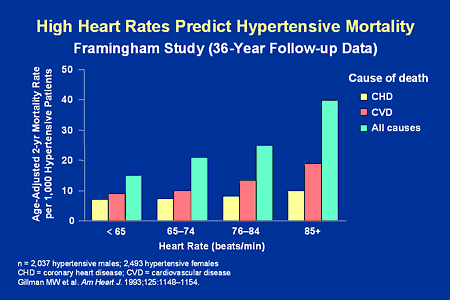
Thankfully, for the majority of people, this is uncommon or only to a small degree. Independent from that, because the virus infects cells through ACE2 receptors primarily in the lungs but also in the heart, during acute infection, the virus has access to the actual muscle cells in the heart. Increased clotting means an increased risk of pulmonary embolism, stroke and even heart attacks. This can, but doesn’t always, translate into an arrhythmia.Īdditionally, when the inflammatory response is extreme, there is an increased chance that the body will activate a clotting cascade, meaning the body will form clots when it’s not supposed to. They can alter how our heart actually beats, recharges and prepares for the next beat. But as you reach certain thresholds of some specific cytokines and interleukins, it can change how ion channels function within the heart. One of their jobs is to “rev up” the immune system. First, we have two inflammatory markers, cytokines and interleukins. So where is this risk coming from? Well, a few things happen when we get a viral infection. These risks are higher during acute infection, but the overall threat can extend up to six weeks after the initial illness. Additionally, those who are obese, have diabetes, heart failure and/or arrhythmias are at risk for intensifying the existing disease. While we know that the risks are higher for patients who have had heart disease, the risk for cardiovascular event, stroke and heart attack go up dramatically for all populations. If they feel dramatically worse, there is medication that can help. Typically, the issue will resolve in up to 12 months. This is something electrophysiologists have seen with other viruses, too.

We’ll hear from some patients who were really active, got COVID, and now, instead of a resting heart rate of 60, their resting heart rate is 90 and getting up to 120 when they walk short distances. Some are experiencing dramatic symptoms like shortness of breath and dizziness walking from one room to the next.

Some patients are noticing faster baseline heart rates and faster heart rates with mild activities. Changes in autonomic tone, manifesting as higher resting heart rates.Non-sustained ventricular tachycardias (NSVT).Patients who had myocarditis are struggling with arrhythmias after recovery.Patients who had myocarditis are sometimes developing heart failure.This means that people are having heart attacks, strokes, and other blood clots in the lung or even in other organs. Worsening of pre-existing heart failure, atrial fibrillation and other cardiac conditionsĬomplications during and following infectionĭuring the acute COVID-19 infection and in the few weeks following the respiratory illness recovery, we’re seeing thrombogenic/thrombotic problems (clotting).Myopericarditis – Abnormal electrocardiogram (ECG) changes symptoms including chest pain and shortness of breath.There are several cardiovascular presentations with acute COVID-19 infection, including: Myocardial injury can also be caused by stress from the active infection as well as injury from an overly aggressive inflammatory response (cytokine storm). While this process is present in the respiratory tract, it is also present in myocardial cells, therefore, one working hypothesis is that there is direct viral invasion and injury to the myocardium (muscular tissue of the heart) with COVID infection. The ACE2 receptor is the primary mode for the novel coronavirus entering our cells. There are many safety protocols in place to protect staff and patients at our facilities. Unfortunately, many of these patients end up having a heart attack or even passing away at home. We have seen patients avoiding the Emergency Department or clinic visits in order to prevent COVID-19 exposure.


It’s also imperative that you keep up with routine preventative screenings to catch any cardiovascular issues early. If you are having chest pain, significant shortness of breath, passing out, or experiencing new significant symptoms, seek medical attention. We are also seein g people delay their cardiac care, which increases their risk of a more negative outcome related to a cardiac event. We know that there is an increased risk of severe illness for those who have: This post was written by Jonathan Shirazi, MD, PPG – Cardiology.Īs we continue to see cases of COVID-19 in our area, we also continue to learn more about the effects of the virus, both during active infection and in the weeks and months that follow.


 0 kommentar(er)
0 kommentar(er)
